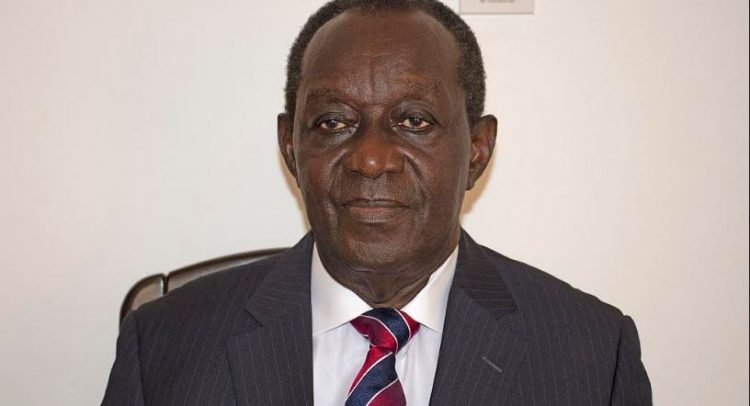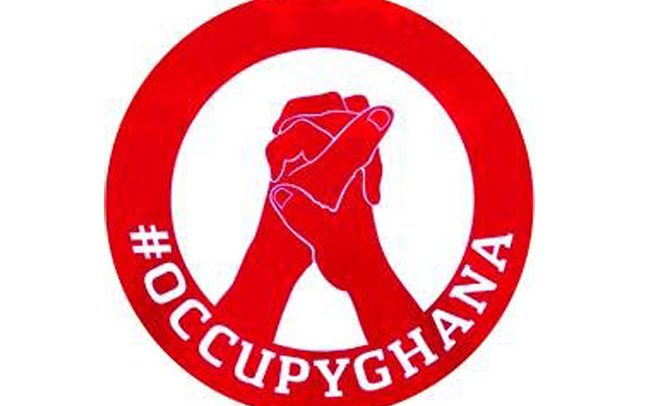
Elizabeth PUNSU, Kumasi
A performance audit conducted by the Auditor-General has revealed alarming gaps in provision and maintenance of toilet facilities at the country’s public schools, raising fresh concerns about sanitation, health and access to quality education.
According to the report, only 13 percent of sampled schools met the required national standard of one toilet per 50 pupils – while a staggering 25 percent of schools had no toilet facilities at all. The remaining 62 percent had toilets but they were woefully inadequate to serve the student population.
In some cases, the situation was extreme: at Tamale Islamic Science Senior High School (SHS), a population of 2,295 students shared just one toilet facility while 169 pupils at State Experimental 1 M/A Basic School in Kumasi and 133 students at Teshie Presby SHS were forced to do the same.
The audit attributed this problem to several systemic failures, including exclusion of toilets from school infrastructure designs, abandoned facilities due to lack of water supply and delays in handing over completed toilet projects.
One in four schools visited had no water at all to run their toilets while another 21 percent faced erratic water supply. Schools like Kumasi Girls’ SHS, Tamale Islamic Science SHS and Mamprobi Sempe Cluster of Schools had modern WC facilities but they were left unused due to absence of running water. This forced students into open defecation or leaving school premises in search of toilets, exposing them to health risks and insecurity.
Although the Pre-Tertiary Act, 2020 mandates the Ministry of Education (MoE) and Ghana Education Service (GES) to provide sanitary facilities in schools, toilets are often not considered an ‘essential feature’ of classroom blocks built by GETFund and Metropolitan, Municipal and District Assemblies (MMDAs).
These findings from the performance audit reinforce data from Ghana Statistical Service (GSS), which indicates that only two out of five schools nationwide have access to toilets, urinals and running water. This shortfall directly undermines Sustainable Development Goal (SDG) 6, which seeks universal access to clean water and sanitation.
Even where toilets existed, maintenance was poor. The audit found broken fixtures left unrepaired, unhygienic cleaning practices and ineffective monitoring by the School Health Education Programme (SHEP).
According to the audit report, regional and district School Health and Education Programme (SHEP) coordinators who are responsible for monitoring sanitary conditions, admitted that lack of funds, fuel and vehicles hampers their ability to supervise schools.
“We found from monitoring reports that district and regional SHEP Coordinators cited lack of fuel and motorbikes as a hindrance to effectively monitoring schools. The 2021 and 2022 Annual Activity Reports of the National SHEP Unit also cited lack of funds and means of transportation for coordinators as reason for the ineffective monitoring of schools. These two Annual Reports recommended that funds should be allocated for SHEP monitoring as is done for Circuit Supervision,” the report said.
The post Auditor-General exposes toilet crisis in public schools appeared first on The Business & Financial Times.
Read Full Story























Facebook
Twitter
Pinterest
Instagram
Google+
YouTube
LinkedIn
RSS